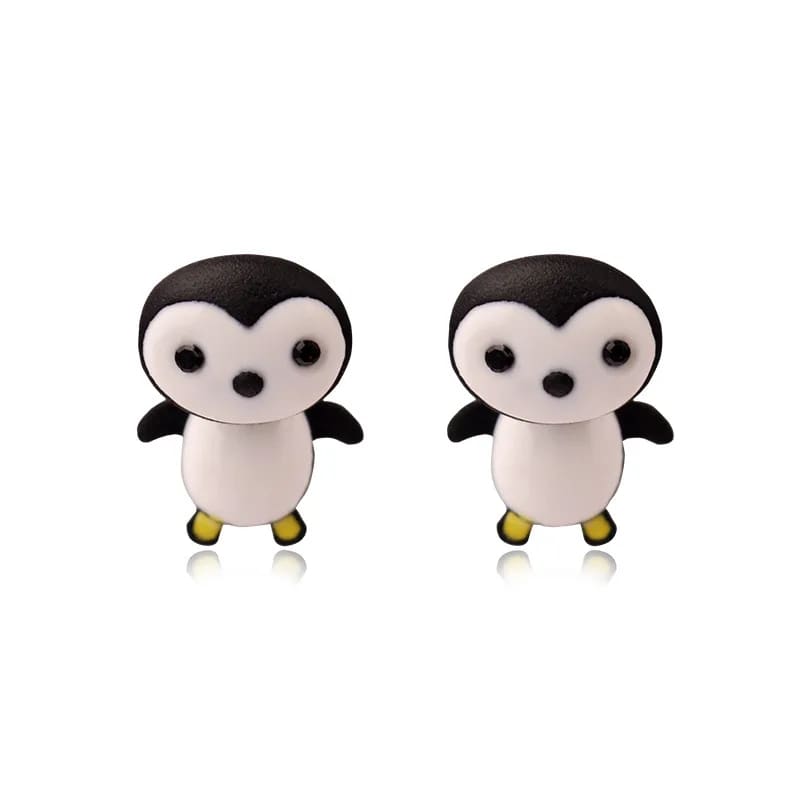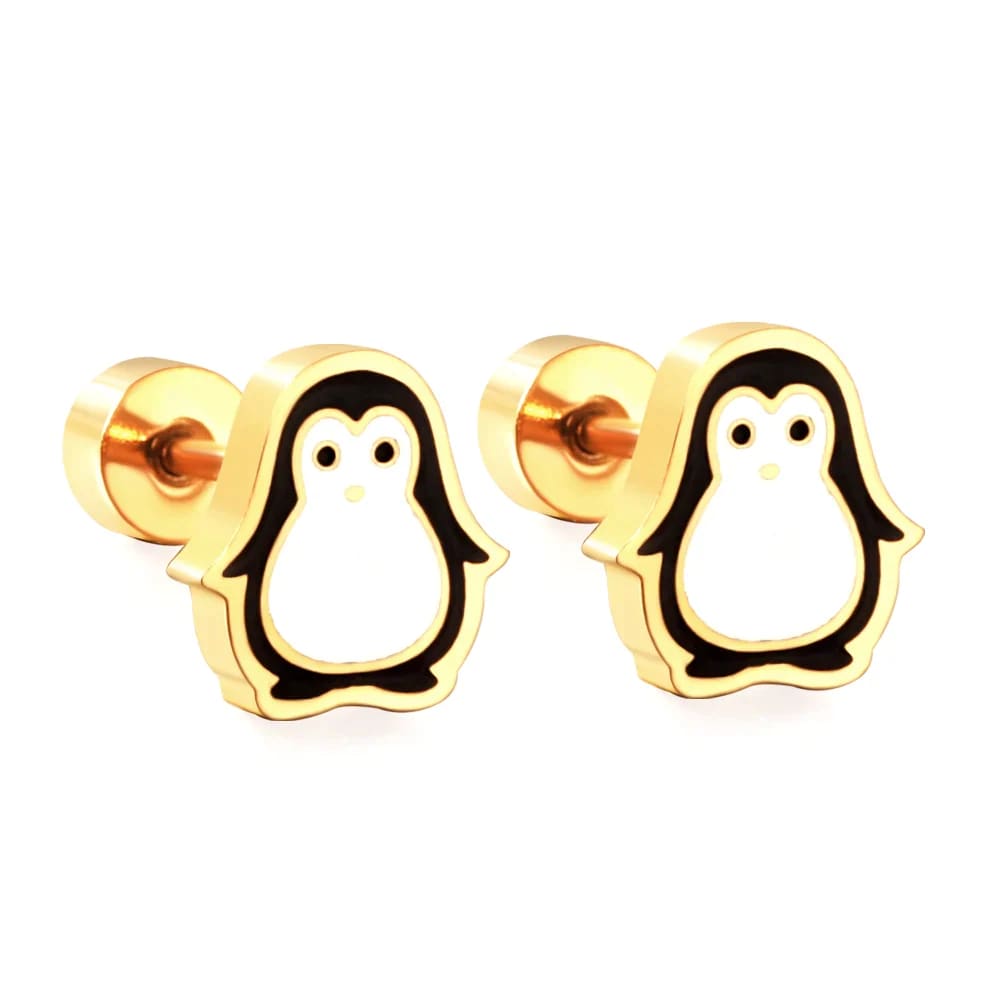Do Penguins Have Knees?
Do Penguins Have Knees? Exploring the Fascinating Anatomy of Penguins
The Penguin Skeletal System
Penguins may appear to be adorable creatures with their waddling walk and cute tuxedo-like feathers, but have you ever wondered about their anatomy? Specifically, do penguins have knees? To answer this question, we need to delve into the intriguing world of penguin anatomy and explore their skeletal system.
Contrary to popular belief, penguins indeed have knees, but they are not visible on the outside of their bodies. The knees are actually located inside their torsos and are fused within the body structure, allowing penguins to maintain a streamlined shape necessary for their efficient swimming and diving capabilities.
The Adaptations for a Life in Water
Penguins have evolved numerous adaptations to thrive in their aquatic environment. One of the most important adaptations is their modified wings, which are transformed into flippers. These flippers, together with a rigid skeletal system, enable penguins to navigate through the water with remarkable speed and agility.
Additionally, the positioning of their knees further supports their streamlined body shape. By having their knees tucked inside their bodies, penguins minimize drag and have a more hydrodynamic form, facilitating their incredible underwater propulsion.
Furthermore, the bones in a penguin's legs are denser than those of other birds, providing added buoyancy control and stability while swimming or diving. This adaptation allows them to control their depth and maneuver effortlessly in the water.
The Purpose of Penguin Knees
Although penguin knees may be hidden from view, they serve a crucial purpose in the locomotion of these fascinating birds. Penguins rely on their knees for stability and balance while standing, walking, and maneuvering on land. The knees act as a hinge joint, allowing the birds to support their weight and transfer power efficiently during each step.
Moreover, when penguins slide on their bellies, known as "tobogganing," their tucked knees provide a stable base for propulsion, allowing them to slide across icy surfaces with minimal friction. This unique adaptation enables penguins to conserve energy while traveling long distances on land.
So, although penguin knees may not be as visible as those in other animals, they are undeniably vital for the overall functionality and survival of these incredible creatures.
Penguin Feet and Their Adaptations
While we now know that penguins have knees, their fascinating anatomy doesn't stop there. Let's take a closer look at their feet and discover the remarkable adaptations that allow them to thrive in both aquatic and terrestrial environments.
Penguin feet are webbed, which is a trait shared with many other aquatic birds. This webbing serves as a functional adaptation, enhancing their swimming abilities by increasing the surface area of their feet, thus improving propulsion.
Penguin Feet for Efficient Swimming
The webbed feet of penguins act as paddles, allowing them to move swiftly through the water. The webbing provides a larger surface area to push against the water, generating more force and propelling the penguin forward.
Furthermore, their feet have sharp claws that assist in gripping slippery surfaces, such as icy cliffs or rocky shores, ensuring stability and preventing any accidental slips or falls.
Overall, the webbed feet of penguins are perfectly designed for efficient swimming and navigating the diverse underwater environments they inhabit.
Penguin Feet for Walking on Land
When penguins are on land, their feet play a crucial role in maintaining balance and stability. Unlike most birds that walk on their toes, penguins walk on the soles of their feet, with their toes pointing backward. This unique adaptation allows them to distribute their weight more evenly and prevents their feet from sinking into soft surfaces.
Penguins also have thick, insulating layers of fat on the soles of their feet, protecting them from the freezing temperatures of the icy terrain they inhabit. This insulation helps keep their feet warm while walking on ice or snow, minimizing heat loss and ensuring their survival in chilly environments.
By adapting their feet for both swimming and walking, penguins have become incredibly versatile creatures, able to thrive in a range of habitats and endure the challenges posed by their harsh environments.
The Evolutionary Adaptations of Penguins
Penguins have undergone remarkable evolutionary adaptations to suit their unique lifestyle and the specific ecosystems they inhabit. Let's explore some of the fascinating evolutionary features that have allowed penguins to become such successful marine birds.
One of the most apparent adaptations is the loss of flight. Penguins have evolved to be flightless birds, with their wings becoming flippers optimized for swimming rather than flying. This adaptation allows them to maximize their efficiency in the water and become exceptional divers, reaching impressive depths.
The Countercurrent Heat Exchange System
To cope with the cold temperatures of their Antarctic and subantarctic habitats, penguins have developed an ingenious system called the countercurrent heat exchange. This system allows them to retain body heat and prevent overheating when exposed to extreme temperature variations.
The countercurrent heat exchange system works by allowing warm arterial blood and cold venous blood to flow in close proximity, facilitating the transfer of heat from the outgoing venous blood to the incoming arterial blood. This efficient heat exchange minimizes heat loss through their extremities, such as the legs and flippers, helping penguins maintain their body temperature even in icy waters.
This adaptation is crucial for their survival, enabling penguins to withstand the frigid conditions of their habitat and remain active and agile in search of food.
The Aquatic Feeding Adaptations
Penguins have also developed specialized feeding adaptations that allow them to thrive in their marine environments. Their streamlined bodies and hydrodynamic shape enable them to swiftly chase down their prey underwater, with some penguin species reaching impressive swimming speeds of up to 15 miles per hour (24 kilometers per hour).
Furthermore, penguins have sharp, backward-pointing spines on their tongues that help them grip and secure slippery prey, such as fish and squid, preventing them from escaping. This adaptation ensures that penguins can efficiently catch and consume their food, sustaining their energy levels and fulfilling their nutritional needs.
All these adaptations highlight the incredible evolutionary journey that penguins have undertaken to become highly specialized marine birds, perfectly suited to their challenging environments.
The Unique World of Penguins
From their tucked knees to their webbed feet, penguins boast a range of fascinating adaptations that make them one of the most incredible bird species on the planet. Their streamlined bodies, efficient swimming techniques, and specialized feeding adaptations all contribute to their unparalleled success in marine environments.
So, the next time you come across a penguin, take a moment to appreciate the remarkable adaptations that enable these adorable birds to thrive in their natural habitat. And remember, penguins may have knees, but they're hidden treasures that help them conquer both land and sea.
Further Reading
If you're interested in learning more about penguins and their unique adaptations, be sure to check out the following resources:
- Encyclopedia Britannica: Penguins
- Smithsonian Ocean: Penguin Adaptations
- National Geographic Kids: Adélie Penguin
Now, go forth and explore the captivating world of penguins!



























